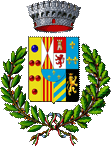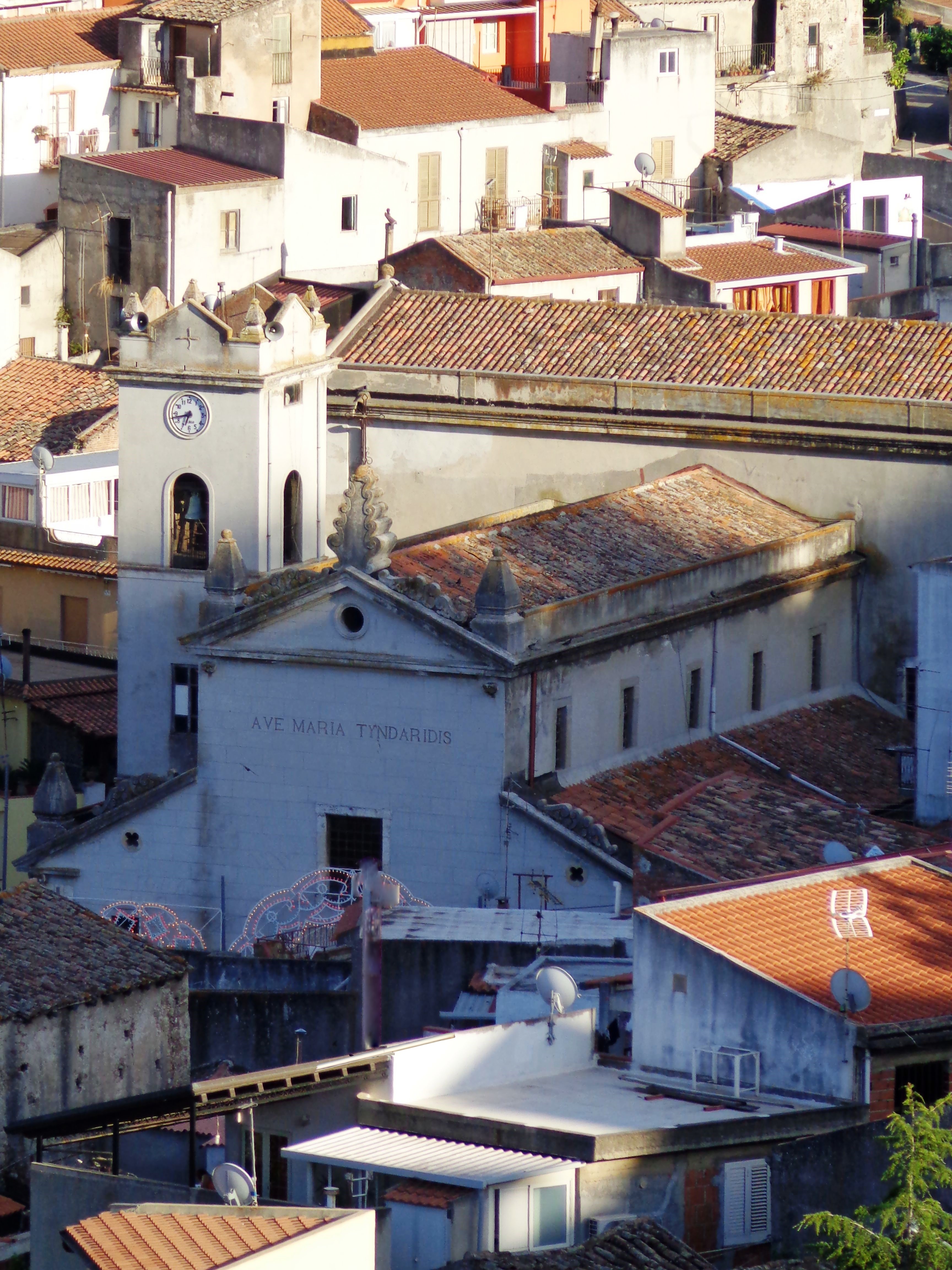

Alle falde del Monte Cupola, nei Peloritani, sorge il borgo di Condrò, un piccolo comune del territorio della Città Metropolitana di Messina.
Storia: il nome sembra derivare dal greco chondros e ciò lo riporta ad un periodo antico anche se solo durante gli Svevi se ne hanno notizie certe, riportate su un documento del 9 settembre 1262, con cui i coniugi Orlando di Paternò e Margherita cedono le terre "di Caserta" in Milazzo del tenimento del "Casale di Condrò" al maestro messinese Bartolotto Manescalco per 40 tarì. Non un feudo, dunque, ma un "bergensatico", cioè un bene privato.
In un altro documento datato 1339 la Gran Corte ingiunse agli eredi di Rodrigo Alagona di non molestare il pacifico possesso dei Marescalco (o Maniscalco).
Nel 1408 il casale era di proprietà di Isolada Scala (o Scalisi), passò poi a Nicolò Castagna e il 5 agosto 1421 fu concesso da Alfonso d'Aragona come feudo a Giovanni Bonfiglio e ai suoi discendenti, i quali dominarono sul territorio per lungo tempo.
Tra il XV e il XVI sec. la Piana di Milazzo fu luogo di incursioni piratesche, tra le quali particolarmente cruenta fu quella del 1544 di Ariadeno Barbarossa. I centri della zona, compreso Condrò, organizzarono, allora, delle milizie sotto le insegne di S. Lucia per difendere i territori.
Tra i discendenti della famiglia spicca Francesco Bonfiglio il quale entrato in possesso della baronia il 7 novembre 1609, il 17 aprile 1637 fu insignito del titolo di principe di Condrò da Filippo IV.
Nel 1747 il feudo entrò nei possedimenti del principe di Resuttano, Federico Napoli, in seguito al matrimonio con Felicia Bonfiglio. Da questa data la famiglia Resuttano fu la feudataria di Condrò sino al 1812, quando la feudalità ebbe fine in seguito all'adozione della Costituzione da parte del Parlamento Siciliano e i feudi divennero "allodii".
Tra i monumenti sono da visitare le chiese. La prima chiesa a Condrò è rilevabile ufficialmente nel 1308, come risulta da un documento in cui un cappellano, Riccardo, versò all'esattore pontificio la decima di 16 tarì e 5 grana.
Sulla piazza centrale Umberto I, è reperibile la chiesa di S. Caterina, ormai non più destinata al culto, le rovine di un antico palazzo e la Chiesa Madre, dedicata, dal 1571 alla Madonna del Tindari, e a S. Vito che nella facciata e nel lato sinistro presenta dei preziosi portali del tardo Cinquecento. L'interno, a tre navate, conserva molti arredi originali. Da evidenziare i ricercati stucchi ornamentali e gli arredi lignei del coro, del pulpito e del soffitto a cassettoni lacunare risalenti al XVI sec. che presentano al centro un pannello con l'incoronazione della vergine.
Nell'abside troviamo un'ancona lignea dorata in stile barocco, l'antica statua della madonna del Tindari, un incensiere del XVI sec.. Da ammirare anche il fonte battesimale in marmo e legno. Vi è, quindi la Staua di S. Vito e molte opere scultoree e pittoriche del periodo tra il XVII e Il XVIII sec., tra esse un ovale in terracotta policroma della Madonna col Bambino e S. Anna del XVII sec., un busto di S. Francesco di Paola sempre in terracotta policroma. Ormai perduto il gonfalone del 1504 di Giovannello da Itala, della scuola di Antonello da Messina, aiuto di Antonello de Saliba.
Poco distante si trova la "Cancelleria" creata per il disbrigo di pratiche di ogni genere e che mantenne la sua funzione sino al primo '900.
In alto si possono ammirare i ruderi di un antico convento del 1600, che fino agli inizi del sex. XX ospitò le scuole elementari. Fu abbandonato a causa del degrado e di un successivo incendio che lo danneggiò irreparabilmente.
Il cimitero comunale ospita la tomba dell'illustre scultore Antonio Bonfiglio, con un'opera marmorea da lui stesso realizzata in cui è l'effige della Madonna e del Cristo.
L'attività principale della popolazione è basata sull'agricoltura, in tal senso spicca tra gli altri prodotti la coltivazione delle abicocche della varietà "Rapisarda", dalle quali viene ottenuta a livello locale un'ottima acquavite. Recentemente è stata avviata un'azienda dedita alla produzione e imbottigliamento di vini pregiati (tra cui il Mamertino DOC).
Chiese: http://156.54.128.69/condro/zf/index.php/servizi-aggiuntivi/index/index/idtesto/7
Storia: http://156.54.128.69/condro/zf/index.php/servizi-aggiuntivi/index/index/idtesto/4
Chiesa Madre: https://it.wikipedia.org/wiki/Duomo_di_Condr%C3%B2
(English)
At the foot of Mount Cupola, in the Peloritans, rises the village of Condrò, a little municipality in the territory of the “Città Metropolitana di Messina”.
History: its name seems deriving from the Greek word “chondros” and this takes it back to an ancient period, even if it’s just during the Swabians that we have certains news, reported to a document of September 9th 1262, with which the spouses Roland from Paternò and Margaret have gave the lands “of Caserta” in Milazzo of the estate of the “Hamlet of Condrò”, to the master Bartolotto Manescalco of Messina for 40 tarì.
So, not a feudo, but a “bergensatico”, that is a private property.
In another document, dated in 1339, the Great Court enjoined the Rodrigo Alagona’s heirs not to molest the Marescalco’s peaceful possession (or Maniscalco)
In 1408 the farmhouse was Isolada Scala’s (or Scalisi’s) property, and then it passed to Nicolò Castagna and on August 5th 1421, was given by Alfonso of Aragon, as a feud, to Giovanni Bonfiglio and his descendants, who dominated on territory for a long time.
Between the XVth and the XVIth centuries, the Plain of Milazzo was a place of piratical raids, among which the ones happened in 1544 by Ariadeno Barbarossa was particularly bloody. The towns belonging to this area, included Condrò, organized, then, some armies, under the insignia of St. Lucy in order to defend these territories.
Among the descendants of the family, Francesco Bonfiglio, stands out; who came into possession of the barony on 7 November 1609 and, on 17 April 1637, he was bestowed with the title of Prince of Condrò by Philip IVth.
In 1747, the feud entered the possessions of the prince of the Prince of Resuttano, Federico Napoli, after the marriage with Felicia Bonfiglio.
Since this date the Resuttano family was the feud of Condrò until 1812, when the feudality came to an end following the Sicilian Parliament adopted the Constitution and the feuds became “allodii”.
Among its monuments, the churches are worth visiting. The first church in Condrò is detecteable officially in 1308, as it appears from a document where a chaplain , Richard, paid to the pontifical tax collector the tithing of 16 tarìs and 5 granas.
In the central Umberto I Square, you can be find the church of St. Catherine, no more consecrated to the cult, there can also be found ruins of an old building, and the Mother Church consecrated to the Virgin of Tindari since 1571, and to St. Vito, that in the façade and in the left side shows some late XVIth centur precious portals. The interior with three naves, preserve a lot of original furnishings. To highlight the refined ornamental stucco, the wooden furnishings of the choir, the pulpit, the lacunar caissoned ceiling, dating back to the XVI th century, that show , in the center, a panel with the coronation of the Virgin.
In the apse we can find a wooden gilt ancona (altarpiece), in a baroque style, the ancient statue of the Virgin of Tindari, a incense burner of the XVIth century. The marble and wood baptismal font, can be also to admire. Besides, there are the Statue of St. Vito and many sculpture and pictorial works of the period between the XVIIth and the XVIIIth centuries, among them there are an oval in a polychromatic earthenware, of the Virgin with the Infant Jesus and St. Anne, of the XVII century, a bust of St. Francis of Paola, also it in a polychromatic earthenware, ever of the XVII century. By now lost the gonfalon of the 1504 of Giovannello by Itala, of the school of Antonello da Messina, assistant of Antonello de Saliba.
Not far there is the “Cancelleria”, set up to handling of every kinds of practices and that kept its function until the early XXth century.
High on admire the ruins of a XVIIth century ancient monastery, which until the beginning of XXth century hosted the Elementary School. It was abandoned because of its dilapidated state and to a following fire that damaged it in an irreparable way.
The municipal cemetery hosts the tomb of the illustrious sculptor Antonio Bonfiglio, a marmoreal work made by himself, and in which there is the image of the Virgin and Christ.
The main activity of its population is based on agriculture; among the other products, stands out the cultivation of the apricots of the “Rapisarda” variety,; from these ones a very good brandy is locally produced. Recently a fine wine-producing-and-bottling company started its activity ( these wines include the Mamertino DOC).
Churches: http://156.54.128.69/condro/zf/index.php/servizi-aggiuntivi/index/index/idtesto/7
History: http://156.54.128.69/condro/zf/index.php/servizi-aggiuntivi/index/index/idtesto/4
Mother Church: https://it.wikipedia.org/wiki/Duomo_di_Condr%C3%B2